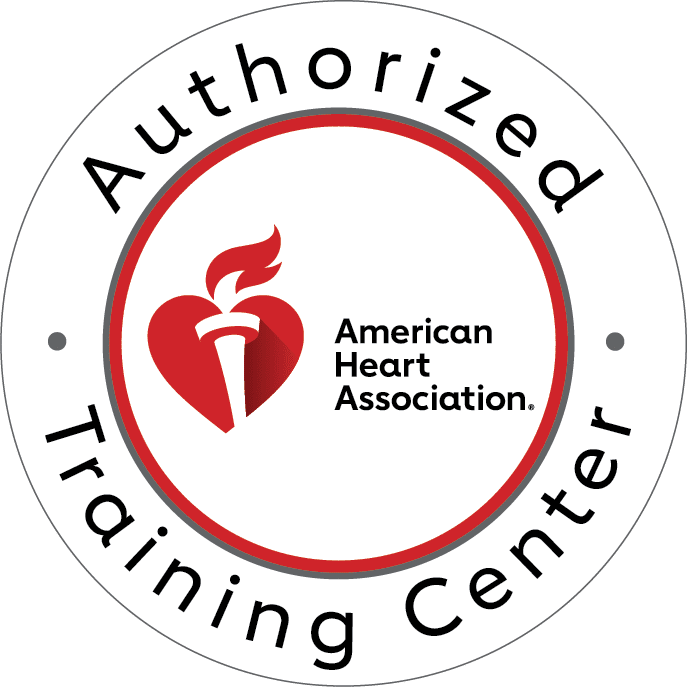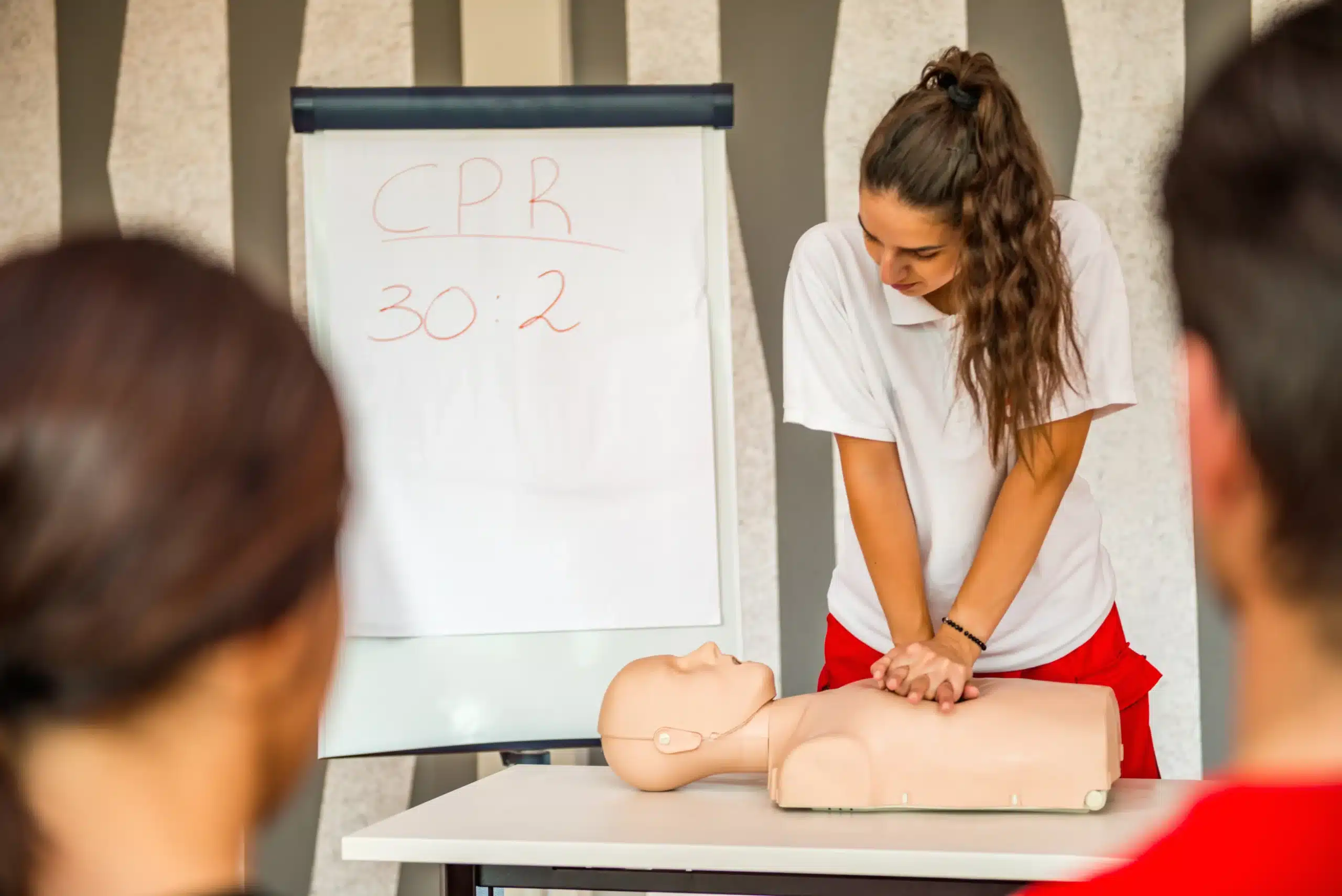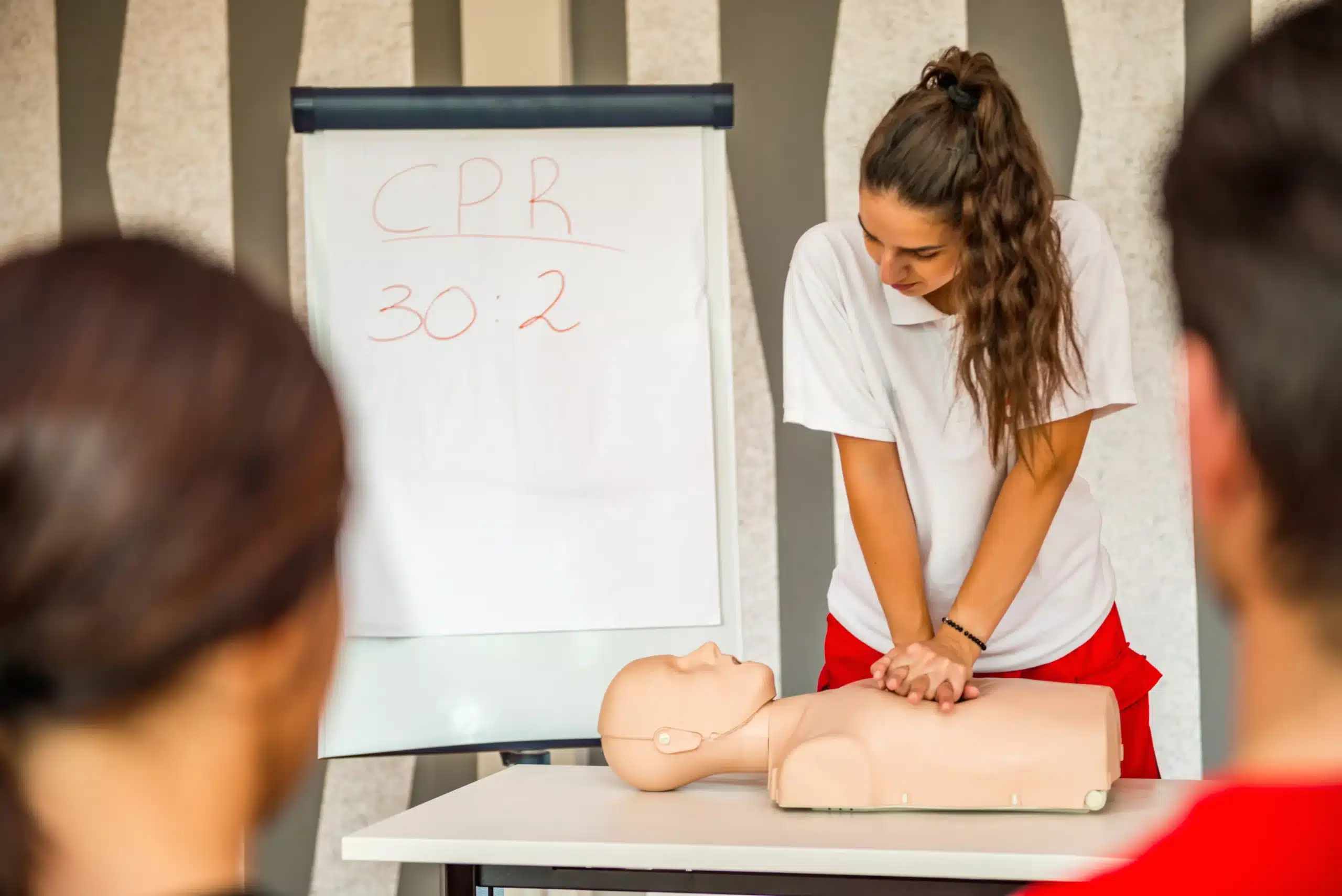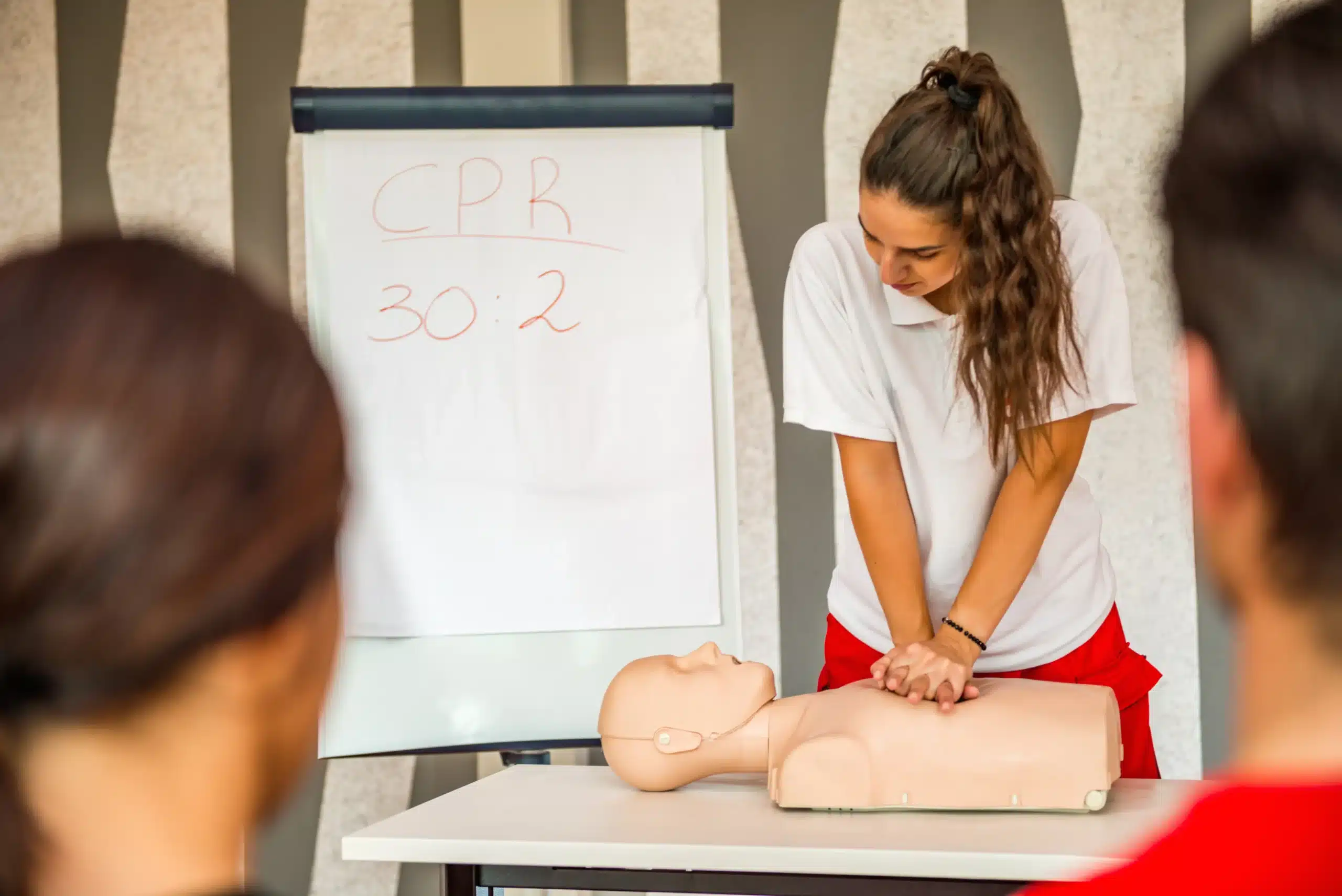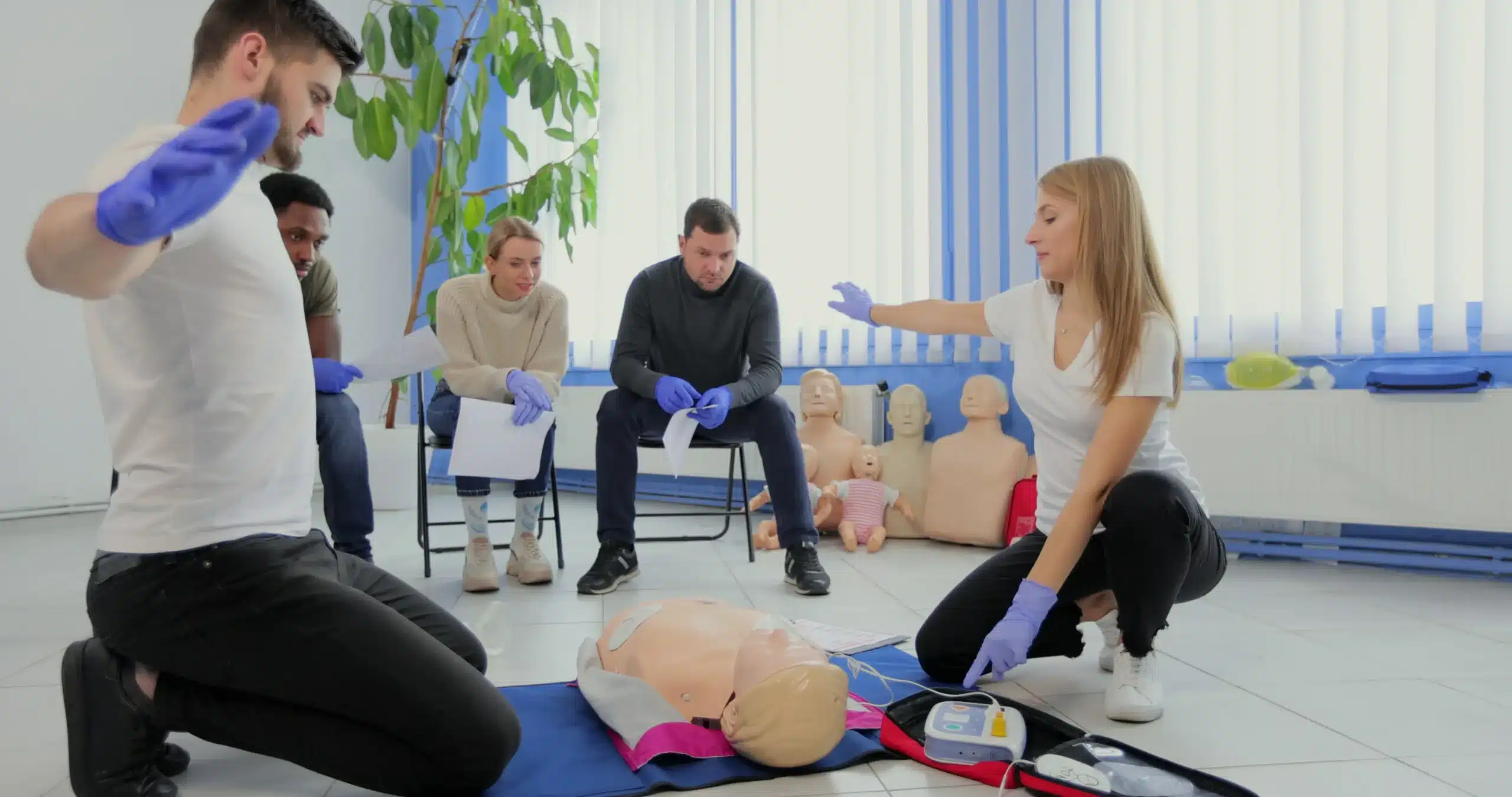Workplace CPR and First Aid Training
As we navigate through our daily routines at work, the last thing on our minds is a life-threatening emergency. However, emergencies are unpredictable, and they can occur anywhere, including the workplace. This is where the importance of workplace Cardio-Pulmonary Resuscitation (CPR) and first-aid training comes into play.
The Role of CPR and First Aid in Emergencies
Cardio-Pulmonary Resuscitation (CPR) is a lifesaving technique that is useful in many emergencies, including heart attacks or near drowning, where someone’s breathing or heartbeat has stopped. It combines chest compressions often with artificial ventilation in an effort to manually preserve intact brain function until further measures are taken to restore spontaneous blood circulation and breathing in a person in cardiac arrest.
First aid, on the other hand, is the immediate assistance given to any person suffering from either a minor or serious illness or injury. The care provided before professional medical help arrives can mean the difference between rapid or prolonged recovery, life and death.
Why is Workplace CPR and First Aid Training Important?
Enhances Safety Awareness
Workplace safety should be a priority for any organization. When employees undergo CPR and first-aid training, they become more aware of safety in their environment. They understand the potential dangers and risks, and this awareness helps prevent accidents.
Increases Confidence and Morale
Employees who have undergone CPR and first-aid training feel secure knowing that they have the knowledge and skills to handle emergency situations. This confidence often results in increased employee morale and satisfaction.
Promotes Teamwork
CPR and first-aid training encourage teamwork as employees learn to work together in emergency scenarios. This collaboration can often translate into better communication and improved relationships within the workplace.
Saves Lives
The most significant benefit of CPR and first-aid training is the potential to save lives. Quick response during an emergency helps increase the chances of survival and recovery.
Implementing CPR and First Aid Training in the Workplace
There are several ways companies can implement CPR and first-aid training:
-
Hire Certified Trainers: Companies can hire certified trainers who can provide comprehensive training to employees. These trainers follow a curriculum that adheres to guidelines from organizations like the American Heart Association or Red Cross.
-
Online Training: With the advent of technology, there are numerous online platforms offering CPR and first-aid training. These platforms provide flexibility as employees can learn at their own pace.
-
Regular Refresher Courses: CPR and first-aid techniques are updated regularly with new research findings. Hence, it’s crucial for companies to organize refresher courses to keep their employees’ knowledge up-to-date.
-
Simulation Drills: Simulation drills offer a practical approach to CPR and first-aid training. They provide employees with an opportunity to apply their skills in mock scenarios, which can help them feel more prepared for real-life situations.
In conclusion, CPR and first-aid training are invaluable skills that every employee should possess. Not only do they promote a safer work environment, but they also empower individuals to act swiftly and confidently during emergencies.
Investing in CPR and first-aid training in the workplace is investing in the wellbeing of your employees. And remember, a safe workplace is a productive workplace.

